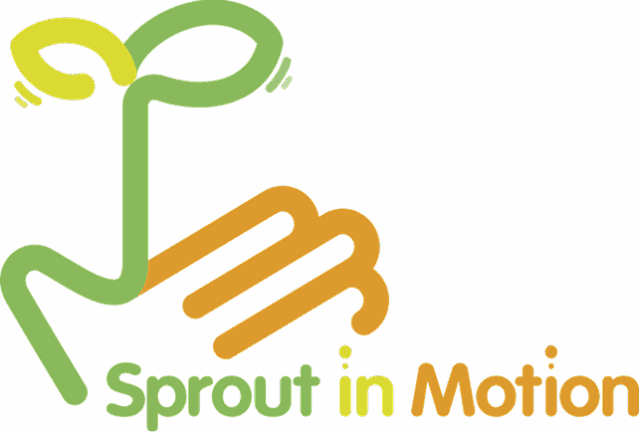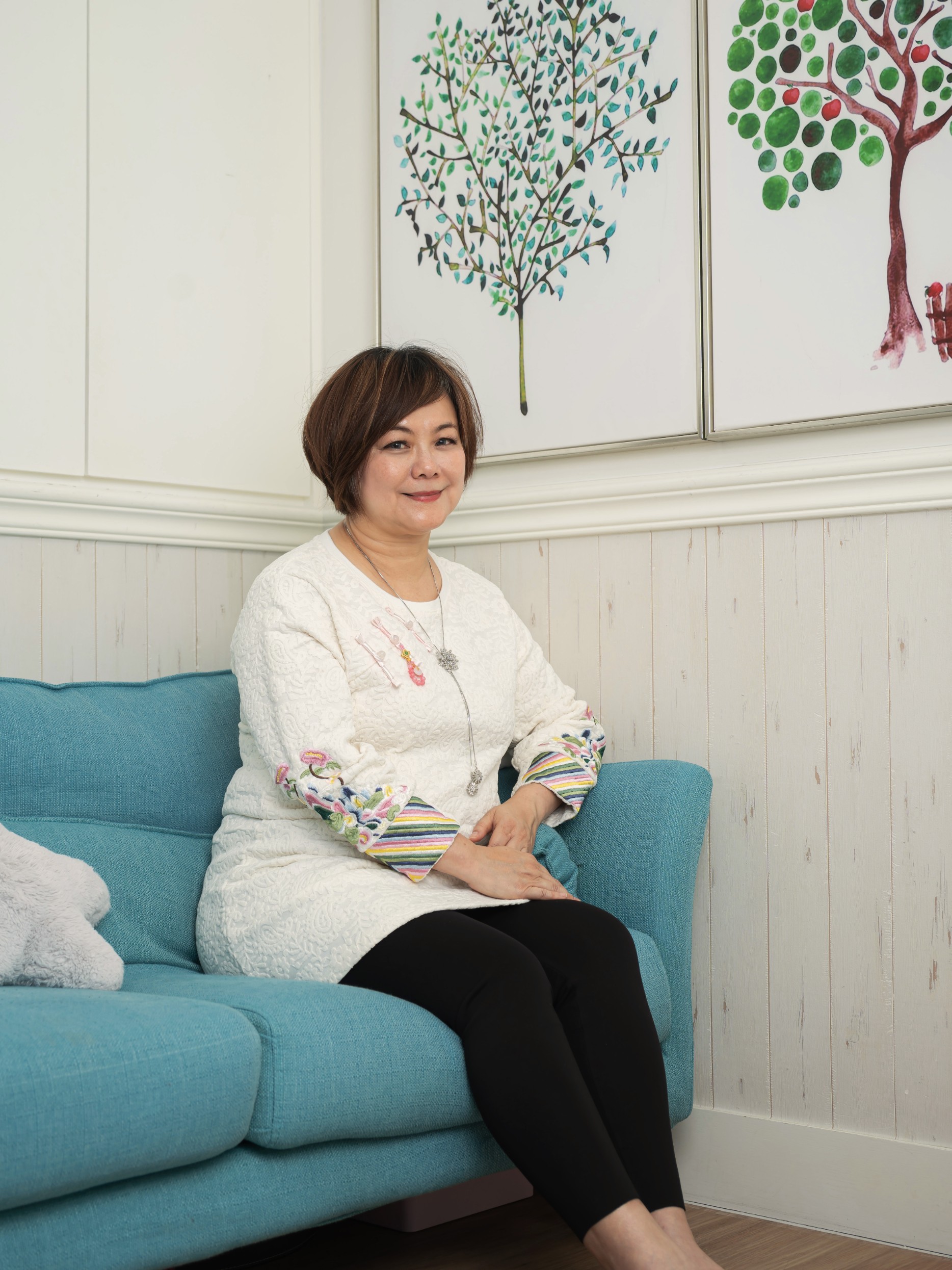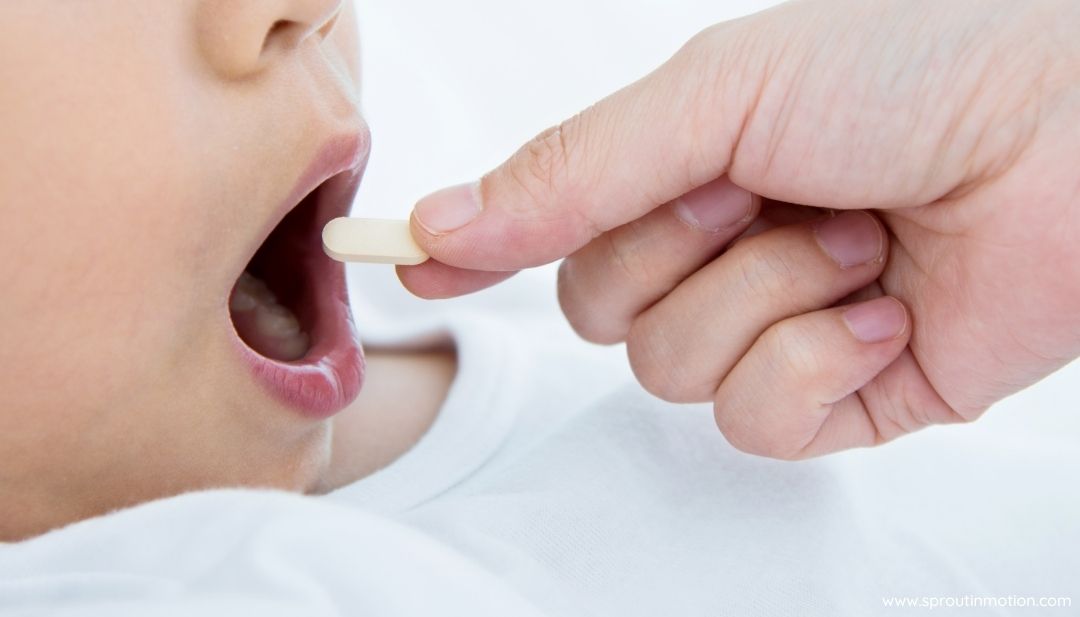
Preparing Children with Autism Spectrum Disorder (ASD) for Returning to School After Summer
August 22, 2025
4 min read
For children with Autism Spectrum Disorder (ASD), the transition back to school after the summer holiday can be particularly challenging. Changes in routine, new environments, and social demands may exacerbate anxiety or behavioral challenges. As a parent or caregiver, proactive planning and supportive strategies are essential to help ease this transition. This article provides evidence-based advice for preparing children with ASD for the return to school, incorporating insights from research studies.
Understanding the Challenges for Children with ASD
Children with ASD often thrive on routine and predictability. According to the Centers for Disease Control and Prevention (CDC), ASD is a developmental disability that affects communication, social interaction, and behavior. Transitions, like returning to school, can disrupt the sense of stability these children rely on, leading to increased anxiety, meltdowns, or avoidance behaviors.
Research by Smith et al. (2019), published in Research in Autism Spectrum Disorders, highlights that children with ASD often experience more significant difficulty with transitions compared to neurotypical peers, particularly when these changes involve new environments or expectations. Therefore, structured preparation tailored to the child’s needs is critical.
1. Re-establish Routines in Advance
Children with ASD benefit from routine and predictability. A few weeks before school starts, begin reintroducing a school-like schedule at home. This includes regular wake-up and bedtimes, mealtimes, and structured activities that mimic the school day.
A study published in Journal of Autism and Developmental Disorders found that maintaining consistent daily routines can significantly reduce anxiety and behavioral issues in children with ASD (Koenig et al., 2009). Use visual schedules, timers, or social stories to help your child transition back into a structured routine.
2. Use Social Stories to Prepare for the Transition
Social stories, developed by Carol Gray, are a well-established tool for helping children with ASD understand and prepare for new situations. These are short narratives that describe what will happen, how the child should behave, and what they can expect.
For example, a social story about returning to school might include details about their teacher, classroom, and daily schedule. Research by Kokina and Kern (2010) in Focus on Autism and Other Developmental Disabilities emphasizes that social stories can improve social understanding, reduce anxiety, and prepare children for transitions effectively.
Create a personalized story with photos of the school, classroom, and staff if possible. Reading it regularly before the first day can help your child feel more familiar and comfortable.
3. Visit the School Before the First Day
Familiarity with the school environment can help reduce anxiety. Arrange a visit to the school before the academic year starts. Walk through the hallways, visit the classroom, and meet the teacher or key staff members.
A study published in Autism Research and Treatment (Ashburner et al., 2010) found that familiarizing children with the physical and social environment of the school can improve their ability to adapt to new routines. During the visit, allow your child to explore at their own pace and ask questions.
4. Gradual Exposure to School-Related Activities
Gradual exposure to school-related activities can help children transition more smoothly. For example, start by practicing packing their school bag, wearing the school uniform, or eating lunch from their lunchbox at home.
Incorporate role-playing into preparation. Pretend to be the teacher or classmate and practice typical school scenarios, such as raising their hand to ask a question or lining up for recess. Role-playing has been shown to improve social communication and reduce anxiety in children with ASD (Corbett et al., 2011).
5. Collaborate with Teachers and School Staff
Communication with teachers and school staff is crucial for creating a supportive environment. Share information about your child’s strengths, triggers, and coping strategies. If your child has an Individualized Education Program (IEP) or 504 Plan, ensure it is up-to-date and includes accommodations like sensory breaks, visual supports, or extra time for transitions.
Research by Stoner et al. (2007) in Focus on Autism and Other Developmental Disabilities highlights that effective parent-teacher collaboration improves outcomes for children with ASD. Regular communication can help address challenges early and ensure consistency between home and school.
6. Prepare for Sensory Needs
Children with ASD often have sensory sensitivities. The school environment, with its noise, bright lights, and crowded spaces, can be overwhelming. Work with school staff to create a sensory-friendly plan. This might include access to a quiet space, noise-canceling headphones, or sensory tools like fidget toys or weighted items.
Research in The American Journal of Occupational Therapy (Schaaf et al., 2014) shows that sensory integration strategies can reduce sensory overload and improve focus and participation for children with ASD.
7. Address Separation Anxiety
Separation anxiety is common in children with ASD, especially after spending an extended period at home during the summer. Gradual separation can help ease this anxiety. Start by arranging short periods apart, such as leaving your child with a trusted caregiver or participating in a summer camp.
Reassure your child by explaining when you will return and using a visual timer or schedule to show how long you will be away. Research by White et al. (2009) in Clinical Psychology Review suggests that gradual exposure and reassurance are effective in managing separation anxiety in children with ASD.
8. Celebrate Small Successes
Transitions can be challenging, but celebrating small successes can help build your child’s confidence. Praise their efforts and recognize their accomplishments, whether it’s getting dressed for school on time, entering the classroom without hesitation, or completing a school day. Positive reinforcement can motivate children to adapt to new routines and environments.
Conclusion
The transition back to school can be a difficult time for children with Autism Spectrum Disorder, but with preparation, understanding, and collaboration, it can also be a positive experience. By re-establishing routines, using social stories, familiarizing them with the school environment, and addressing sensory and emotional needs, parents can help their child navigate this period with greater ease.
Each child with ASD is unique, so tailor these strategies to your child’s specific needs. With patience, consistency, and support, you can help your child succeed academically, socially, and emotionally as they return to school.
References
- Ashburner, J., Ziviani, J., & Rodger, S. (2010). “Sensory processing and classroom emotional, behavioral, and educational outcomes in children with Autism Spectrum Disorder.” Autism Research and Treatment.
- Corbett, B. A., et al. (2011). “Improving social competence in children with ASD: A pilot intervention study.” Journal of Autism and Developmental Disorders.
- Koenig, K., et al. (2009). “Improving social and behavioral functioning in children with ASD through structured routines.” Journal of Autism and Developmental Disorders.
- Kokina, A., & Kern, L. (2010). “Social story interventions for children with Autism Spectrum Disorders: A meta-analysis.” Focus on Autism and Other Developmental Disabilities.
- Schaaf, R. C., et al. (2014). “An intervention for sensory difficulties in children with Autism: A randomized trial.” The American Journal of Occupational Therapy.
- Smith, I. C., et al. (2019). “The role of routines in managing transitions for children with ASD.” Research in Autism Spectrum Disorders.
- Stoner, J. B., et al. (2007). “Parent and teacher perceptions of collaboration for children with Autism.” Focus on Autism and Other Developmental Disabilities.
- White, S. W., et al. (2009). “Anxiety in children with autism spectrum disorders.” Clinical Psychology Review.





